The controversial veal industry has been under scrutiny for decades, with concerns about the welfare of the animals involved often being the catalyst for concern. Despite being appreciated by many as a gourmet culinary ingredient, the ethical implications of veal production have led to a great deal of debate amongst animal rights activists, consumers, and producers. As a society, it is our duty to evaluate the moral integrity of such industries and question the cost at which our luxuries come.
Understanding the Ethical Concerns Surrounding the Veal Industry
The primary ethical issue with the veal industry revolves around the treatment of the calves. The veal calves, which are male dairy cows, are often taken from their mothers shortly after birth. This separation is distressing for both the calf and the mother, causing emotional harm. The calves are then placed in individual crates or pens where movement is severely restricted, preventing muscle development and maintaining the tenderness of the meat, a characteristic prized in veal.
Moreover, the diet of these calves is another point of contention. They are purposely fed a low-iron diet to maintain the pale color of the meat, which is another feature appreciated by consumers. This deprivation can lead to anemia and other health complications. The calves live these harsh conditions until they are slaughtered at around 16 to 18 weeks old. It’s hard to ignore the ethical implications of this process, as it prioritizes the sensory preferences of consumers over the basic rights and welfare of the animals involved.
Debating the Moral Integrity of the Controversial Veal Production
The moral implications of veal production have been a topic of intense debate. Supporters argue that, like other livestock, veal calves are raised for a purpose: to provide food. They suggest that as long as the animals are not subject to unnecessary suffering, the industry is no different from any other meat production. However, critics contend that the living conditions, restrictive diets, and early slaughter of these animals constitute unnecessary suffering.
Furthermore, ethical considerations extend beyond the immediate treatment of the calves. The dairy industry and the veal industry are closely tied—male dairy calves are typically destined for veal production since they cannot produce milk. Therefore, by consuming dairy products, customers indirectly support the veal industry. Supporters argue that this is a pragmatic solution to a byproduct of the dairy industry, while critics view it as a morally unacceptable cascade of exploitation.
In conclusion, the veal industry is enmeshed in a complicated ethical web. At its core, the debate revolves around the balance between consumer demand and animal welfare. To make informed decisions, consumers need to be aware of the conditions under which their food is produced. Only then can society progress towards more humane and ethical food production systems. It is clear that the controversy surrounding the veal industry is not black and white. However, it is our responsibility to critically engage with these issues and decide where our priorities lie.
